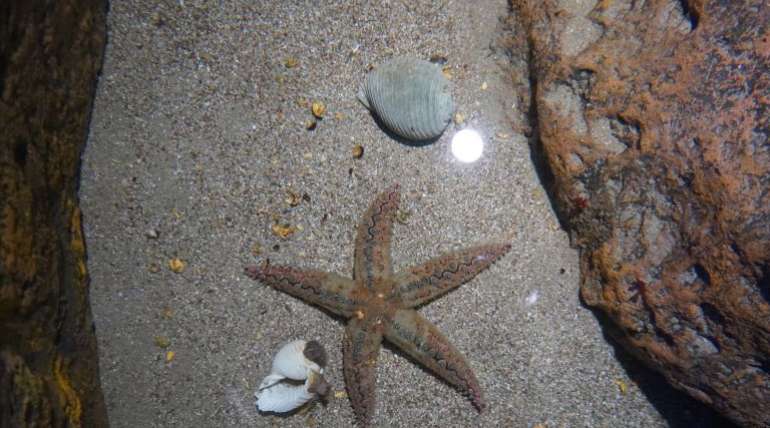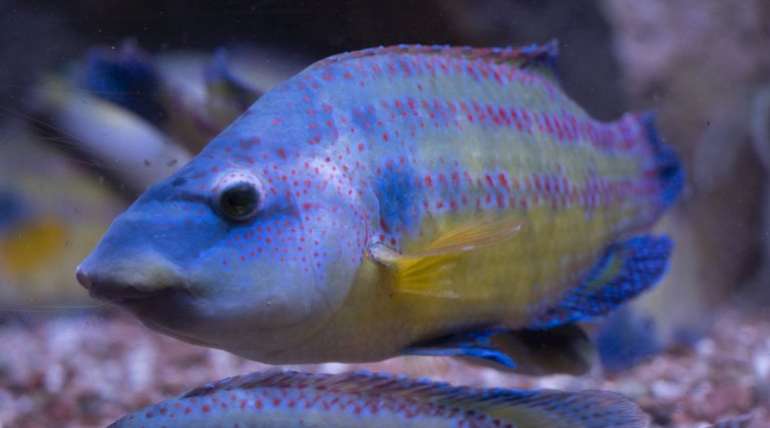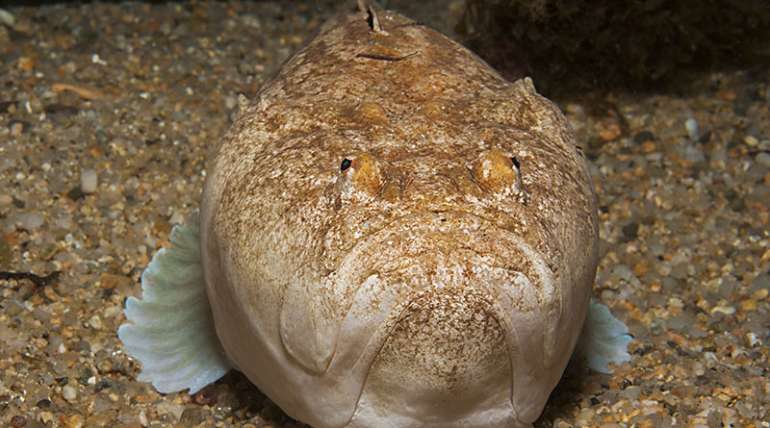Sharpsnout sea bream (Lat. Diplodus puntazzo). Coastal species, lives in small schools above rocky and sandy bottom. Unlike the other breams, usually living in group, the sharpsnout seabream is a solitary fish, not attached to the territory, without den, which, in case of danger, prefers to escape. Juveniles leaves in meadows of Posidonia sp. and haunts in brackish waters. Haunts…
Choose a language:
Painted comber (Lat. Serranus scriba). Benthic species, lives in shallow waters, among algae and seagrass, to a depth of 50 m, often 7-30 m. Reaches 36 cm, but often 10-25 cm. Particularly greedy, the painted comber hunts in ambush. It keeps motionless, in a strategic point of its territory, which defends against its congeneric intruders, and attacks the passing ill-fated…
Spiny starfish (Lat. Marthasterias glacialis). It may be found in a very wide range of habitats from sheltered muddy sites to fully exposed rockfaces. Specimens from sheltered sites are usually larger than those from exposed sites. It can grow to 70 cm (28 in) but a more usual size is 25 to 30 cm (10 to 12 in). It has a small central disc and five…
Peacock Wrasse (Lat. Symphodus tinca). It lives in shallow coastal waters and It is common among the submerged rocks and the Posidonia sp. prairies Usually, it never goes down under the 50 m of depth. It grows to 44 cm (17 in), more common around 25 cm (9.8 in). Body is oval and laterally flattened. Generally, color reflects sexual dimorphism. Females are grey-greenish or brownish…
Atlantic stargazer (Lat. Uranoscopus scaber). Benthic species, leaves above sandy and sandy-muddy substrate. Leaves to depth of 200 m, common 100. Grows till 40 cm (0.9 kg), common 20-25 cm. Spend most of the day buried in the sand, waiting for prey. The venom it produces is thermolabile, and, usually, the pain of the sting fades after a few hours…





